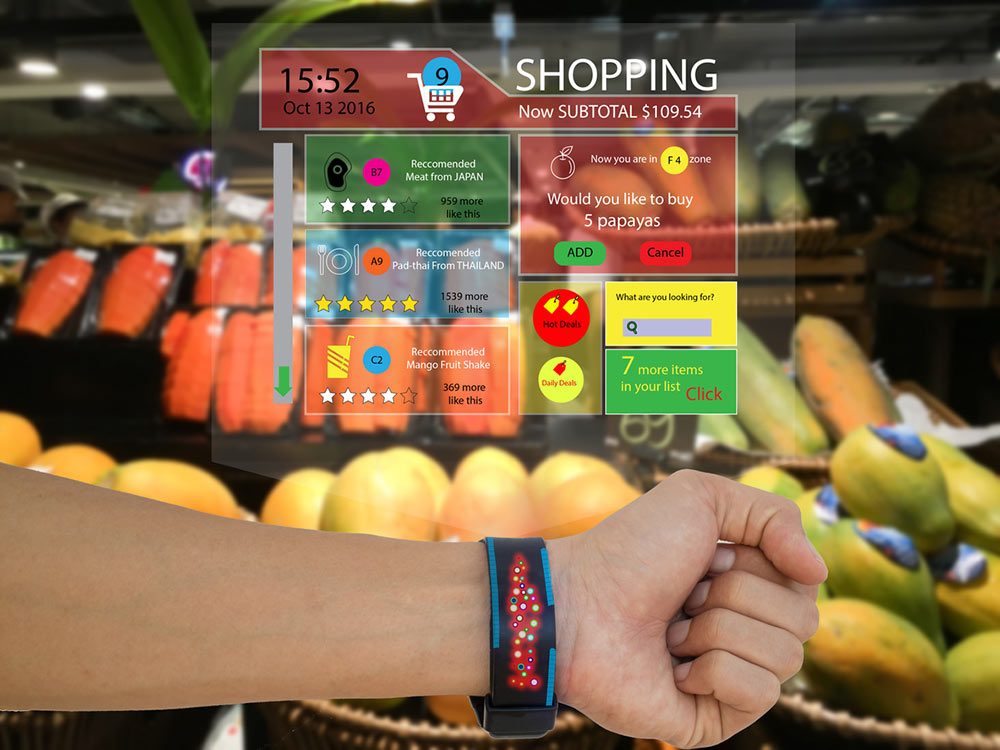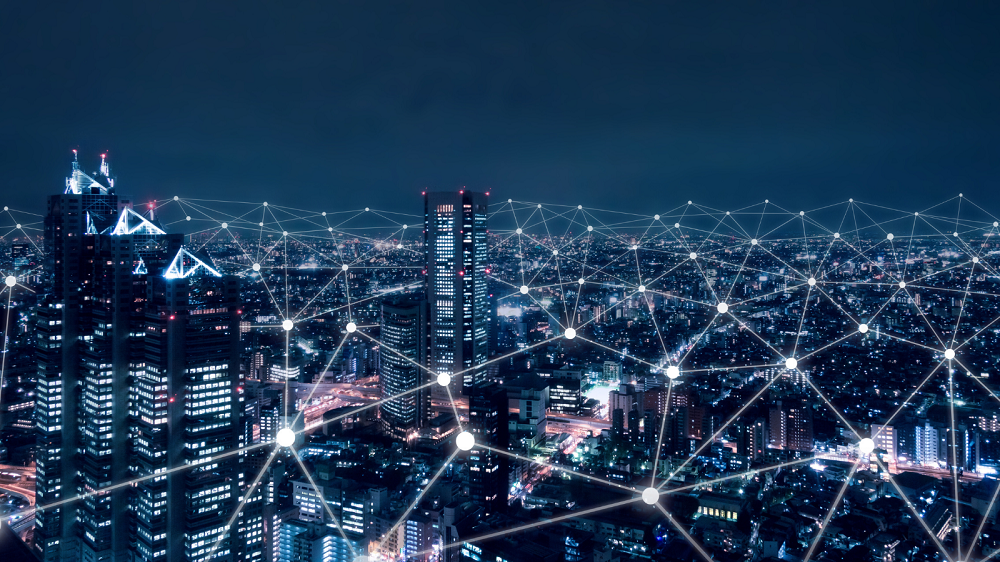
In January’s Consumer Electronics Show in Las Vegas, we saw a considerable amount of new tech items launched and introduced to the public. While most were upgrades of existing technology and devices (smartphones, smart TVs, and other consumer electronics), there were some that really drew our attention.
Even if it’s hard to judge if a new product or piece of tech is a trailblazing idea, there were innovations that really aimed to change our perspective. We saw common products injected with internet connectivity and capability, becoming “smarter” by being able to provide additional information on top of the usual tasks they’re expected to do. Add in a certain level of automation and you get everyday items actively gathering data from their environments, and possibly adjusting their performance to match the needs of the people using them.
Improving common household items through the “Internet of Things” concept also opens up new possibilities for businesses. Small improvements such as activity and location tracking, data gathering, and automated sending all have the possibility to change the way businesses interact with and sell to their customers.
Interconnected devices and household items will work together to make your day
Now that IoT is becoming increasingly well-known, we’re exploring ways to make the most of these connected “household” things. Initially, we’re able to connect one thing to the web, and are already amazed with all the added functionalities we can get from it.
For example, by connecting your fridge to the Internet, you’re able to wirelessly check its contents, create a shopping list based on your current inventory, or even count the calories of whatever is in there. The common telephone, when connected to the Internet, improves it drastically. It paved the way for affordable global communications used by enterprises.
Amazingly, we’re already moving past that phase to a new level of IoT development. We now know that if we “inject” a bit of internet connectivity into a common household item, we’ll be able to discover new uses from it.
Now, we’re starting to string together these interconnected items and create a life-altering experience.
We’ll be able to look at things differently and see if these things can redefine some of the most mundane chores that are currently part of everyday life.
If we look at the bigger picture, this interconnectedness of common household items can prove useful for big businesses. We could see multiple devices from one maker, all working together to provide a better experience for the users.
For example, Nokia is venturing into health tech in the form of sleep tracking. Their aim is to give users insight into their nighttime habits. Their product, Nokia Sleep, is an internet-connected pad placed under the mattress to track your movement, brain activity, and other data to analyze your sleeping patterns. What they aim to learn about is the quality of sleep that you’re getting and gain insight into how they can improve it.
With all the data gathered, Nokia could introduce other products like a lamp/night light, music player, and an automatic recliner which would all be interconnected. All you need to do is sleep, and based on your sleeping patterns, these devices will all work together to provide the best quality of sleep for your specific needs, from selecting the best lighting condition and background music to optimizing your sleeping position. It could even be possible to integrate it with your phone system so that it can filter calls or alerts by importance. This information can then be used to develop or sell new products, increasing the value per customer and overall business performance.
Going back to the fridge example, perhaps grocery stores will be able to send you coupons for products your fridge realizes you’re almost out of, or recommend recipes based on ingredients in your fridge and let you know what final items you need to buy to finish the recipe.
All your household devices will be listening to you, and you’ll probably want them to
The number of smart speakers or voice assistants available in the market today is steadily rising, and this could be proof that we’re warming up to “willingly” connect our homes to the Internet. But having an always-on smart speaker listening to everything you say is just the start of the interconnected future that IoT promises.
Other items, especially the ones we use regularly, will have the capability to “listen” to their users and gather every bit of usable data. Some devices and apps are already gathering audio information to customize ads, and the ability to target and customize to your exact wants and needs will only improve with time.
One example of this is the GoBe 2 smart-life band from Healbe, a California-based maker of fitness wearables. The GoBe 2 is capable of tracking your calorie intake, detect minute changes in your bloodstream, your heart rate, and sleep quality. What makes the GoBe 2 unique is that all of the information gathered will be uploaded to the cloud, to an online portable accessible to your trainers, nutritionists, or wellness coaches.
This takes tracking to a new level, as it gathers data not only for your personal consumption, but for those providing services to you. This way, another pair of eyes will be on the lookout for your health. It also gives them more data to create customized offers or promotions, perhaps for a yoga class to help you relax or a vitamin to supplement your nutritional plan, which should benefit you as a customer as well.
If we magnify this and apply it to all businesses, this presents a massive opportunity to properly learn about your customers.
Makers of “smart” devices can gather data from their products in order to learn about specific habits of their users, which can then be re-used in many ways. Ideally, the data gathered will be used to benefit the users and not the company, though there will be countless opportunities where both will benefit.
With IoT, the world is changing before our eyes – are you ready?
The concept of IoT is slowly opening our eyes to a world of interconnectivity. It’s not just about our computers and communication devices, because even the humble toaster sitting in the kitchen can be made “smarter.”
What matters is how open-minded we are to these changes, because our willingness to use them and be tracked by them will make or break IoT. And if we look at the bigger picture, the evolving concept of IoT can also shape the way we do business, as it opens us up to new products and services and changes the ways businesses and their customers interact on an everyday basis.
How do you feel about the increasing use of IoT – are you more excited about its potential for connection and convenience, or concerned about data and information privacy issues? Let us know in the comments below.






disqus comments